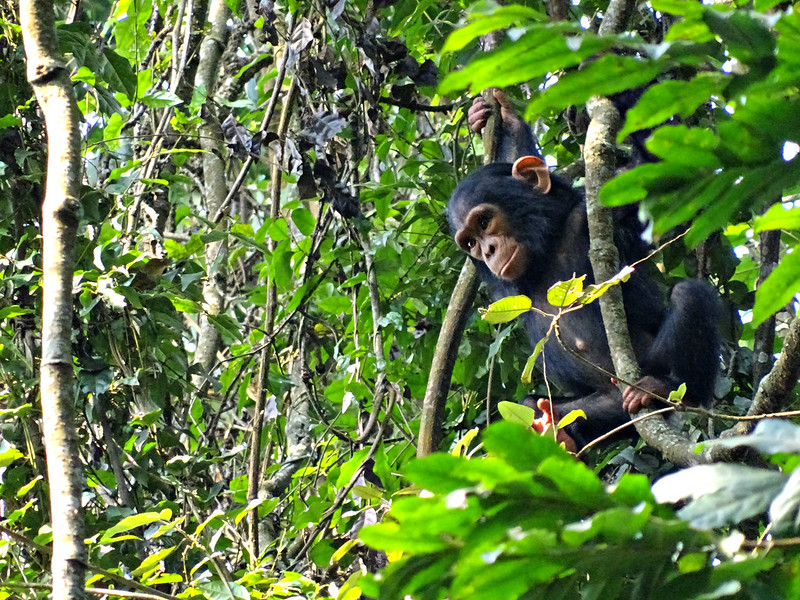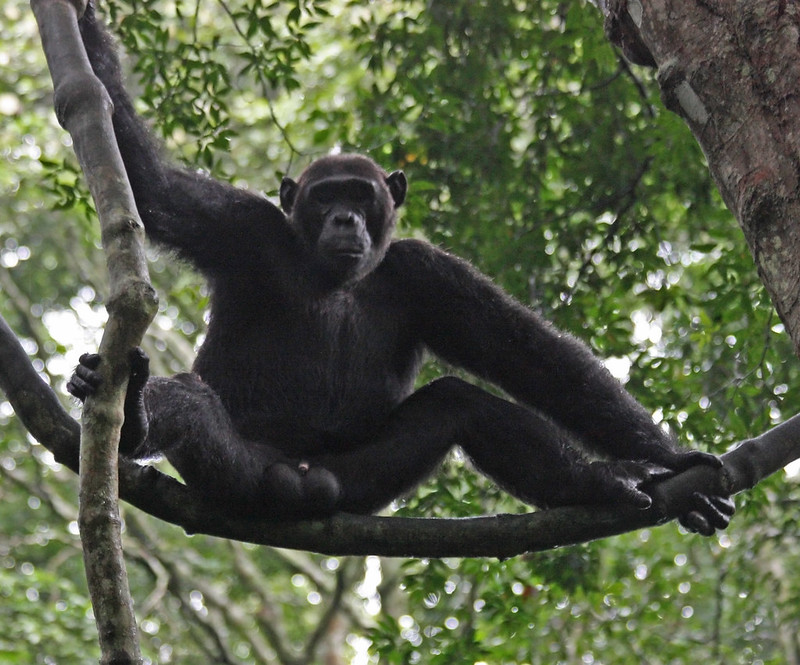
Frequently asked Questions on chimpanzee trekking experiences
Frequently asked Questions on chimpanzee trekking experiences.
Common inquiries about trekking experiences with chimpanzees: In terms of appeal, thrill, and excitement for all participants, chimpanzee trekking is ranked second only to mountain gorilla trekking. Both of these encounters include getting up close and personal with primates in forested regions.
Many people are curious in the trekking experience because they are similar and mountain gorilla trekking is more popular. In this essay, we will address some of the most typical—or rather, often asked—questions concerning chimpanzee trekking experiences, particularly in east Africa.
It should be noted that this is not a comprehensive list of all questions; rather, it includes the most frequently requested questions.
These are the inquiries:
Is it possible to walk mountain gorillas and chimpanzees in the same forest at the same trip?
Yes, you can; all you need to do is modify your safari schedule to make room for both activities. However, keep in mind that chimpanzees don’t remain in one place for long, so you will be switching between different environments. Simply include that in your schedule.
Which East African nations are home to chimpanzees?
Uganda is known as the primate capital because it is home to more chimpanzees than any other country in East Africa, including Rwanda, the Democratic Republic of the Congo, and Uganda. In addition to these three, chimpanzees can also be found in Tanzania.
Kibale National Park in Uganda, Nyungwe National Park in Rwanda, and Virunga National Park in the Democratic Republic of the Congo are chimpanzee places that you should not miss.
Can a mountain gorilla allow trekking with chimpanzees?
Not at all; these are two distinct activities, each requiring a different permit. Therefore, you must obtain the appropriate permits for the activity you are engaging in at a specific moment.
What time of year is ideal for trekking chimpanzees?
Although trekking is possible at any time of year and chimpanzees can be seen, about 90% of hikers choose to go during the sunny or dry season since the paths are more tolerable during that time.
What is the minimum age to trek chimpanzees?
Chimpanzee trekking requires participants to be at least 15 years old. This implies that anyone who is at least 15 years old can go chimpanzee trekking.
Are the guidelines for hiking chimpanzees and mountain gorillas the same?
The rules are quite similar and include, but are not limited to, not utilizing flash photography, keeping a 10-meter distance from chimpanzees, not hurting them in any manner, and not feeding, drinking, eating, smoking, coughing, or squeezing them when they are around.
There are a lot more guidelines, and your hiking guide and tour operator will be able to communicate more.
What is the price of trekking chimpanzees?
The price range for chimpanzee trekking trips in east Africa is between $300 and $150 USD. Depending on the chimpanzee park, prices differ.
Is it possible to engage in additional enjoyable things when trekking chimpanzees?
Bird watching, nature walks, forest hikes, butterfly watching, nature cycling, and many more enjoyable activities are available.
Common inquiries regarding trekking experiences with chimpanzees
A chimpanzee
How much time does it take to trek chimpanzees?
The actual walk often lasts six to eight hours, including one hour spent with the chimpanzees during the ascent and descent. The location where your chimpanzee walk will take place will dictate the exact times.
Does trekking with chimpanzees require any particular physical training?
The good news is that it’s not really. You don’t really need any specific physical training because chimpanzees live in more level ground environments than gorillas, but you do need to be able to walk for six to eight hours.


